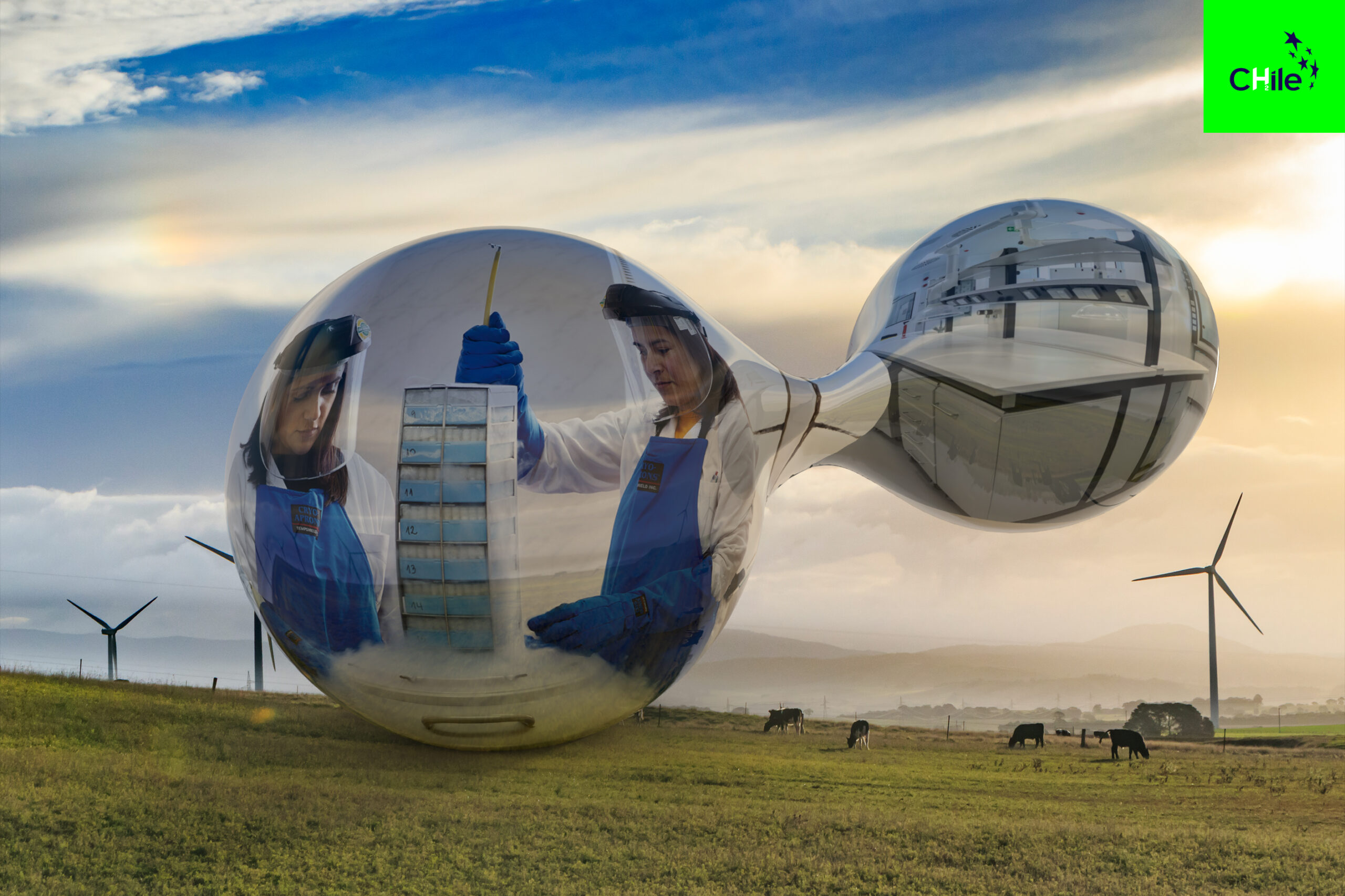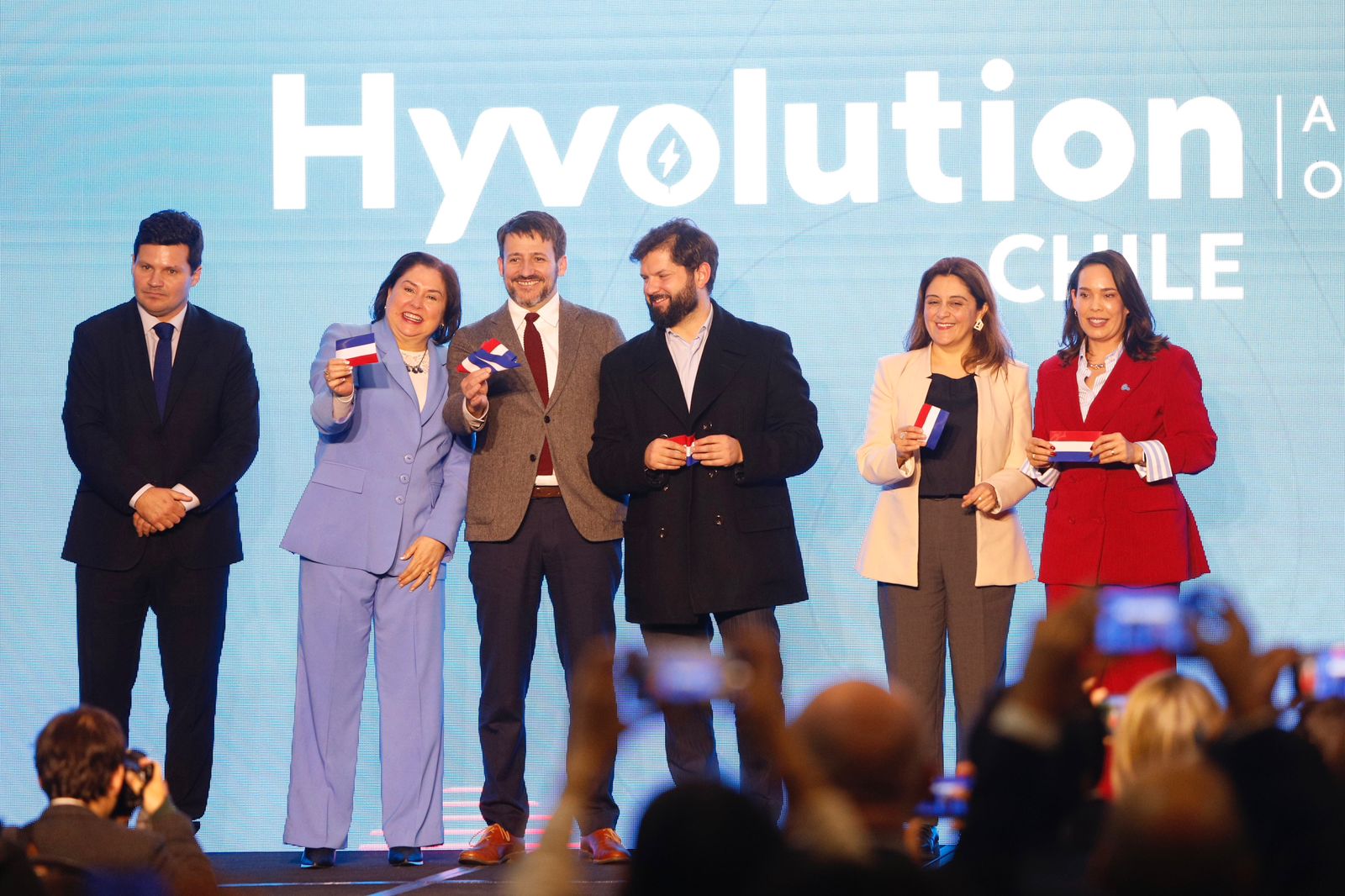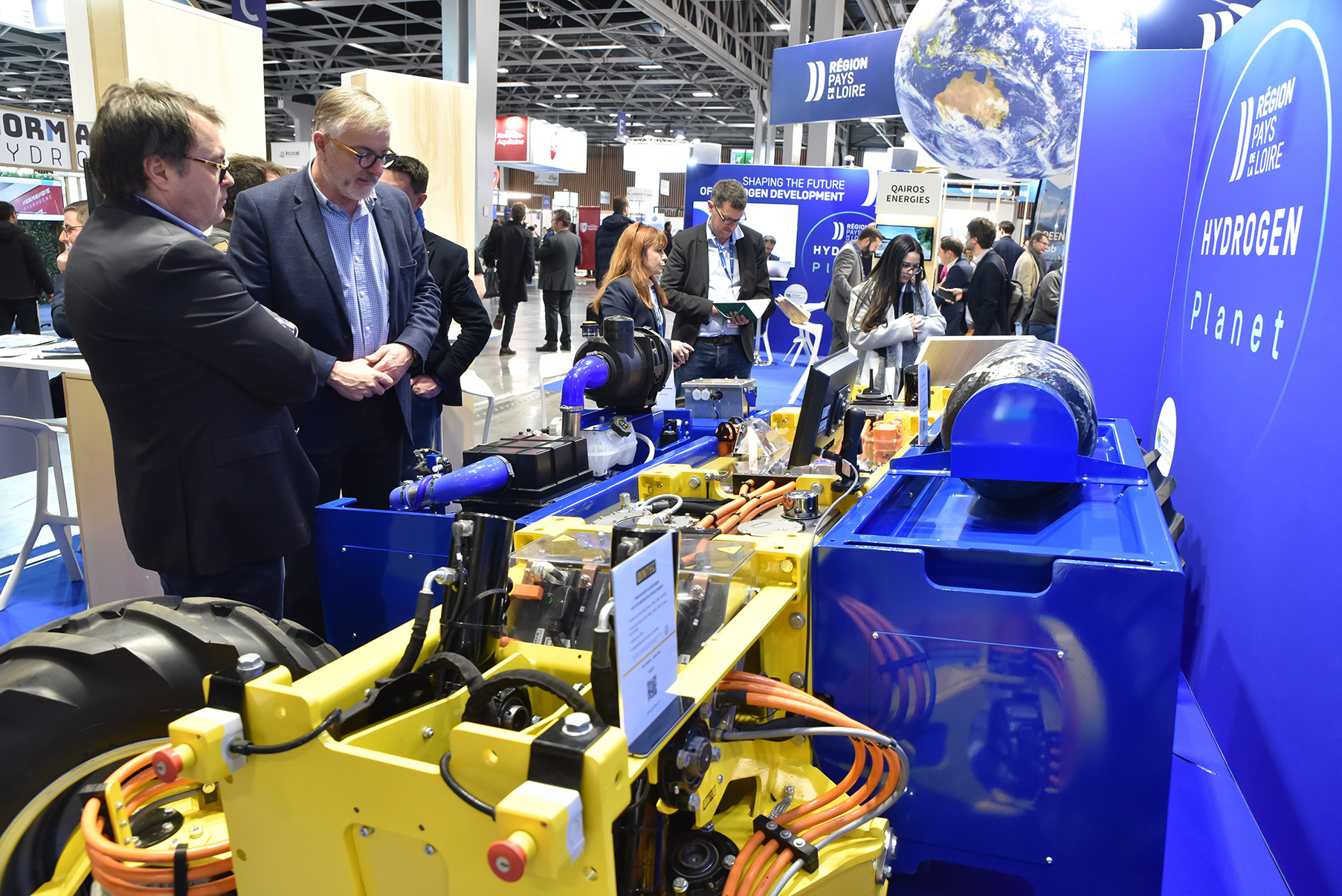
Three are the main challenges identified by public and private sector actors for the development of a green hydrogen industry in Chile, according to a report prepared by the Universidad Adolfo Ibáñez (UAI), based on working groups held between October and December 2024 with key representatives of the ecosystem.
The participants -among them Corfo, the Ministry of Energy, the H2Chile guild, investment funds and companies- agree that Chile has a comparative advantage for the development of green hydrogen, which would allow it to position itself as a pioneer country in this industry (known as first mover advantage).
Pablo Garcia, professor at the UAI Business School and former vice president of the Central Bank, says that the focus on green hydrogen “has allowed us to think in the long term, something that is always very difficult” and that “has made it possible for us to realize the ripples in the implementation of investments.
In this regard, the announcements made by the Minister of Finance, Mario Marcel, last Friday at the Chile Day in New York, stand out. In that instance, the authority indicated that a bill with tax incentives for the development of green hydrogen projects will be presented, and that new measures will be adopted to expedite strategic investment projects.
However, the experts in the report also warn of challenges and barriers that must be overcome to effectively bring projects into production when demand for hydrogen is activated.
1. Permits
“Uncertainty around sectoral and environmental permitting processes and timelines is one of the main concerns for investors and developers,” the report states. One participant noted that the volume of investment required for a green hydrogen project – which can range from US$ 3 billion to US$ 10 billion – places much greater demands on the permitting system than renewable energy projects, requiring closer public-private collaboration. On the other hand, he pointed out that an approval process that takes 5 or 6 years has a “deterrent effect on investment”, especially considering that other countries have already implemented systems that provide greater speed and regulatory certainty to this type of project.
2. Infrastructure
Green hydrogen projects require a large infrastructure to be developed. Garcia explains that desalination plants, which provide water to separate it into hydrogen and carbon; electrolyzers, which separate the elements; renewable energy sources, which provide the electricity for the process; ammonia plants, the form in which green hydrogen is most commonly transported; and ports are needed. “The hydrogen agenda is only going to move forward at the rate at which the slowest of those five things moves forward. Because you get stuck on any one of them and it can’t move,” he says.
3. Development of local demand
Garcia points out that giving tax benefits may be a limited way to develop the industry, due to the limits of the country. In this sense, he highlights that one path to explore is to grow domestic demand, for example, with the use of green hydrogen in mining.
“The local demand lies mainly in those large-scale activities that are difficult to electrify (…) One can think that large-scale mining in Chile can evaluate the adoption of green hydrogen in the future to improve its commitment to the energy transition. Given the size of the mining industry in Chile, it is a very natural candidate to use green hydrogen as an input for its processes,” said Garcia. Another important point is that producing “green” copper would give a differentiation to the product that would be valued in some markets.
Source: El Mercurio.



 Related News
Related News President of the Republic, Gabriel Boric, stresses at Hyvolution Chile that the green hydrogen industry must move forward with a sense of urgency and invites to “dream big”.
President of the Republic, Gabriel Boric, stresses at Hyvolution Chile that the green hydrogen industry must move forward with a sense of urgency and invites to “dream big”.
 Hyvolution: The world’s largest green hydrogen meeting comes to Santiago de Chile on June 28th
Hyvolution: The world’s largest green hydrogen meeting comes to Santiago de Chile on June 28th
 Government for Decarbonization: Green Hydrogen Industry Development Committee Launched
Government for Decarbonization: Green Hydrogen Industry Development Committee Launched
